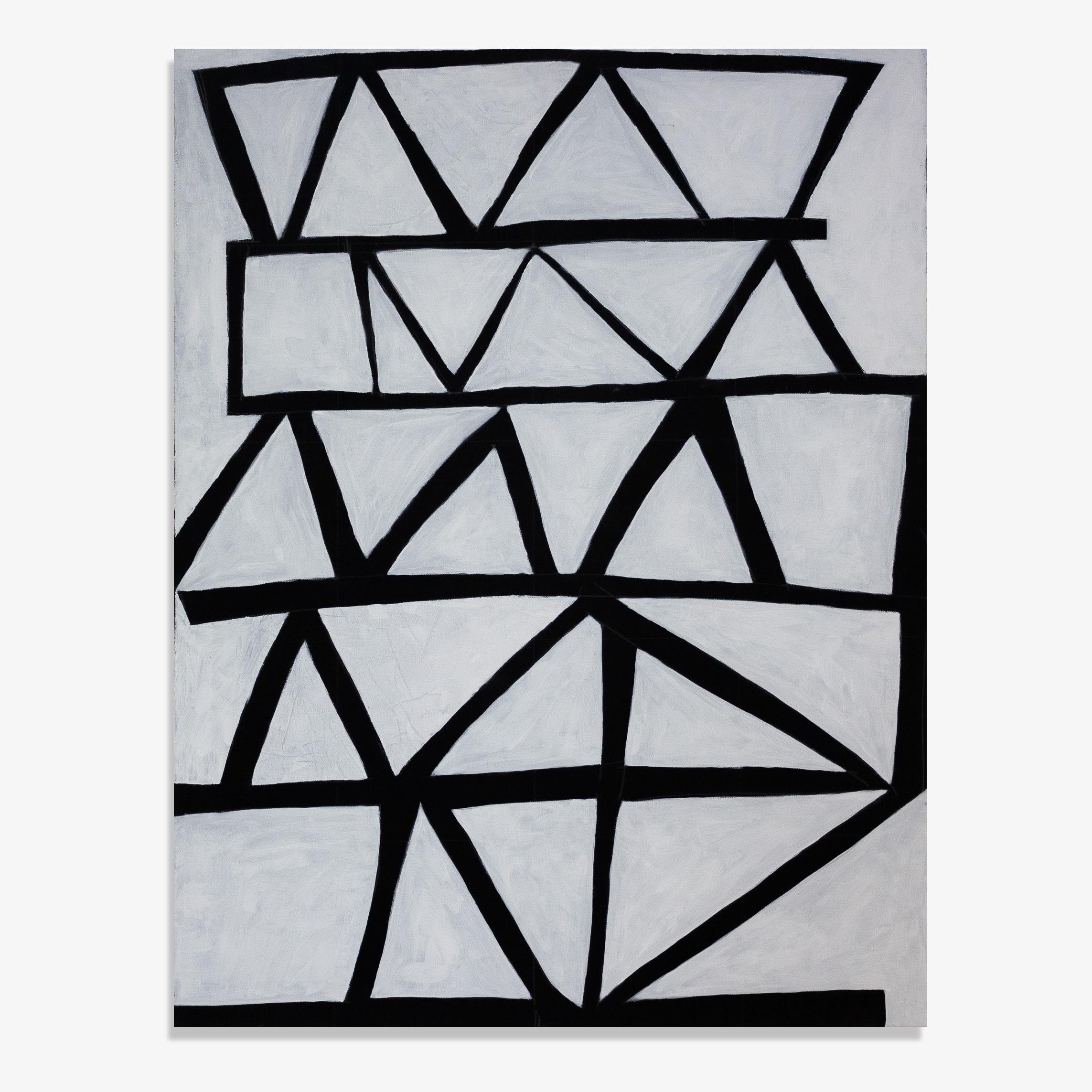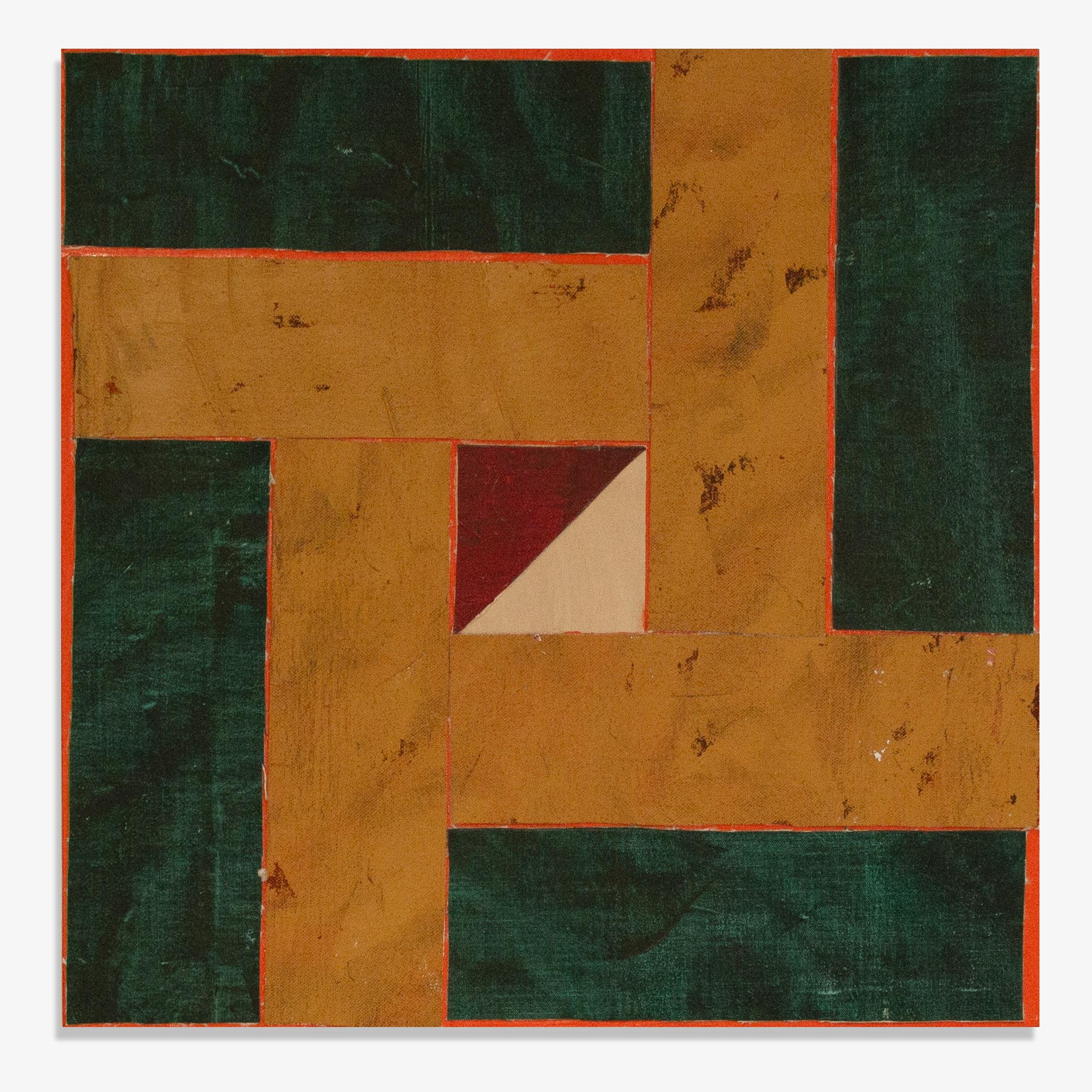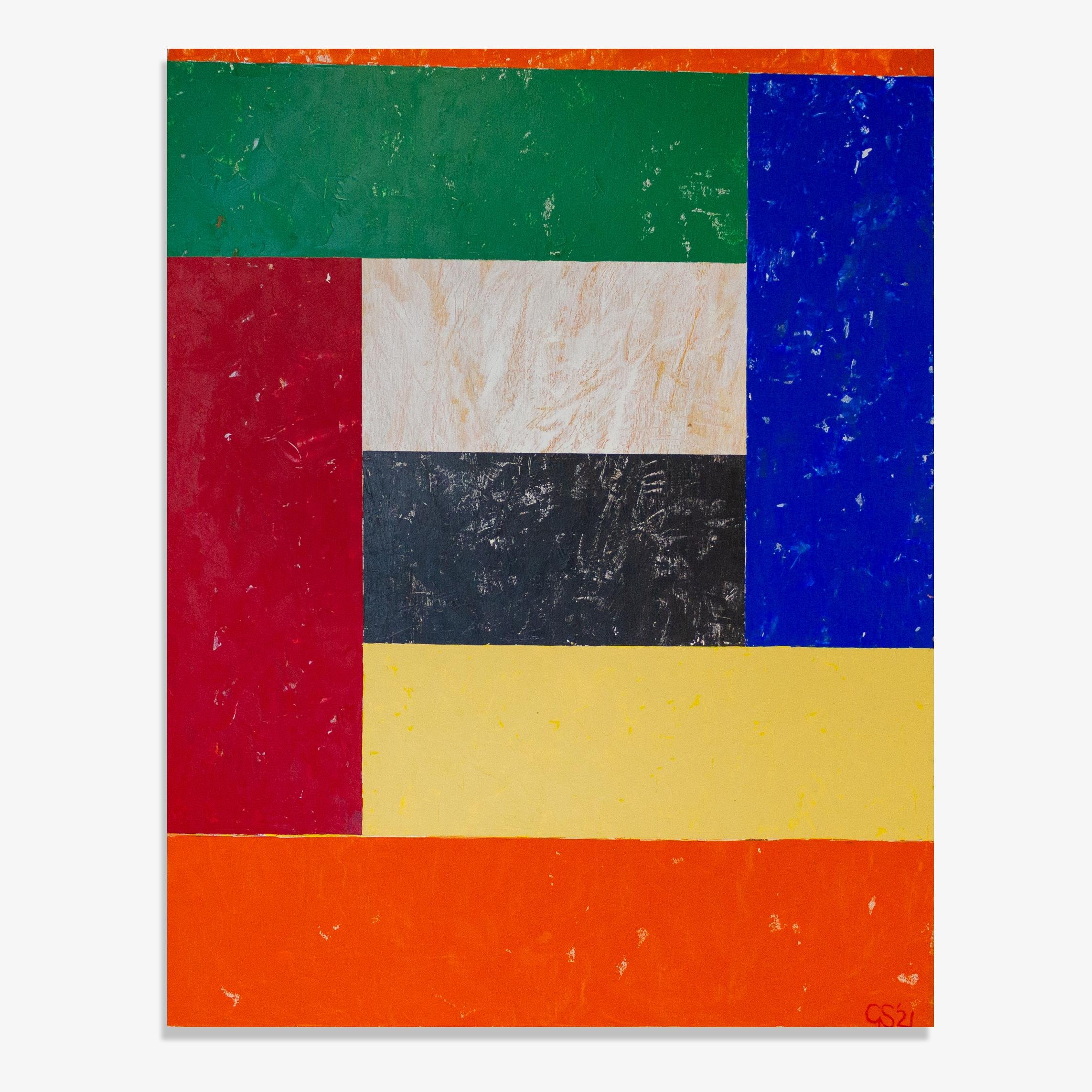Understanding Geometric Abstraction
Geometric Abstraction, is a genre of art that has significantly influenced artistic narratives throughout the 20th century and continues to do so. This genre, defined by its use of geometric forms and non-representational space, has attracted a broad audience and inspired numerous artists. Its influence extends across various art movements, fostering a deeper understanding of shapes and forms against the context of artistic expression.
What is Geometric Abstraction?
Geometric Abstraction is a form of abstract art that uses geometric shapes to create non-objective compositions. It focuses on the inherent two-dimensional aspects of painting, combining geometric, "hard-edge," or linear forms in a non-illusionistic space. These forms refer only to themselves, avoiding references to real-life objects or ideas. This art form was popularised by avant-garde artists in the early twentieth century and has been present in various cultures throughout history, both as decorative motifs and art pieces.
Techniques in Geometric Abstraction
Geometric Abstraction utilises several techniques to create its distinctive style. The use of geometric shapes such as squares, rectangles, circles, and lines is a fundamental aspect of this art form. These shapes are arranged in a non-representational space, often the flat surface of a canvas, creating a sense of depth and dimensionality. Combining "hard-edge" or linear shapes within a two-dimensional space is another common technique, creating a stark contrast between the geometric forms and the surrounding space.
Influential Artists in Geometric Abstraction
Painting with Green Center Date: 1913 Artist: Vasily Kandinsky
Several artists have made significant contributions to the development of Geometric Abstraction. Wassily Kandinsky (1866–1944), Kazimir Malevich (1879–1935), Piet Mondrian (1872–1944), and Josef Albers (1888–1976) are among the many artists who have worked extensively in this style. Their works, characterised by the use of hard-edged lines, blocks of colour, and geometric shapes, have greatly influenced the trajectory of Geometric Abstraction.
Geometric Abstraction and Minimalism
Geometric Abstraction significantly overlaps with minimalism, another genre of abstract art. Both styles emphasise simplicity, geometric forms, and non-representational space. Minimalism, often depicted through simplistic geometric shapes and hard edges, exposes the essence of the geometric forms and materials used. Given these similarities, it is reasonable to consider Geometric Abstraction as part of the minimalist art genre.
The Evolution of Geometric Abstraction
Over time, Geometric Abstraction has evolved, with artists continually pushing the boundaries of what can be achieved with geometric forms. From the early works of the avant-garde artists to the contemporary pieces of today, the genre has seen a shift in techniques, materials, and interpretations. This evolution reflects the changing societal and cultural contexts, as well as the personal growth and exploration of the artists themselves.
The Impact of Geometric Abstraction
The impact of Geometric Abstraction extends beyond the art world. Its principles have applications in various fields, such as architecture, design, and mathematics. The genre's emphasis on simplicity and form has influenced architectural designs, with buildings incorporating geometric shapes and patterns. Similarly, in design, Geometric Abstraction has inspired patterns and motifs used in textiles, furniture, and more.
The Future of Geometric Abstraction
As we move forward, the future of Geometric Abstraction looks promising. With the advent of digital art and technology, artists now have more tools to explore and experiment with geometric forms. This, coupled with the genre's enduring appeal, ensures that Geometric Abstraction will continue attracting audiences and inspiring artists for years to come.
With its rich history and wide-ranging influence, Geometric Abstraction is a fascinating genre. Its focus on form and space challenges traditional notions of art, offering a fresh perspective on abstract art.








